Temtem does what Pokemon should have done years ago
Pure Temerity
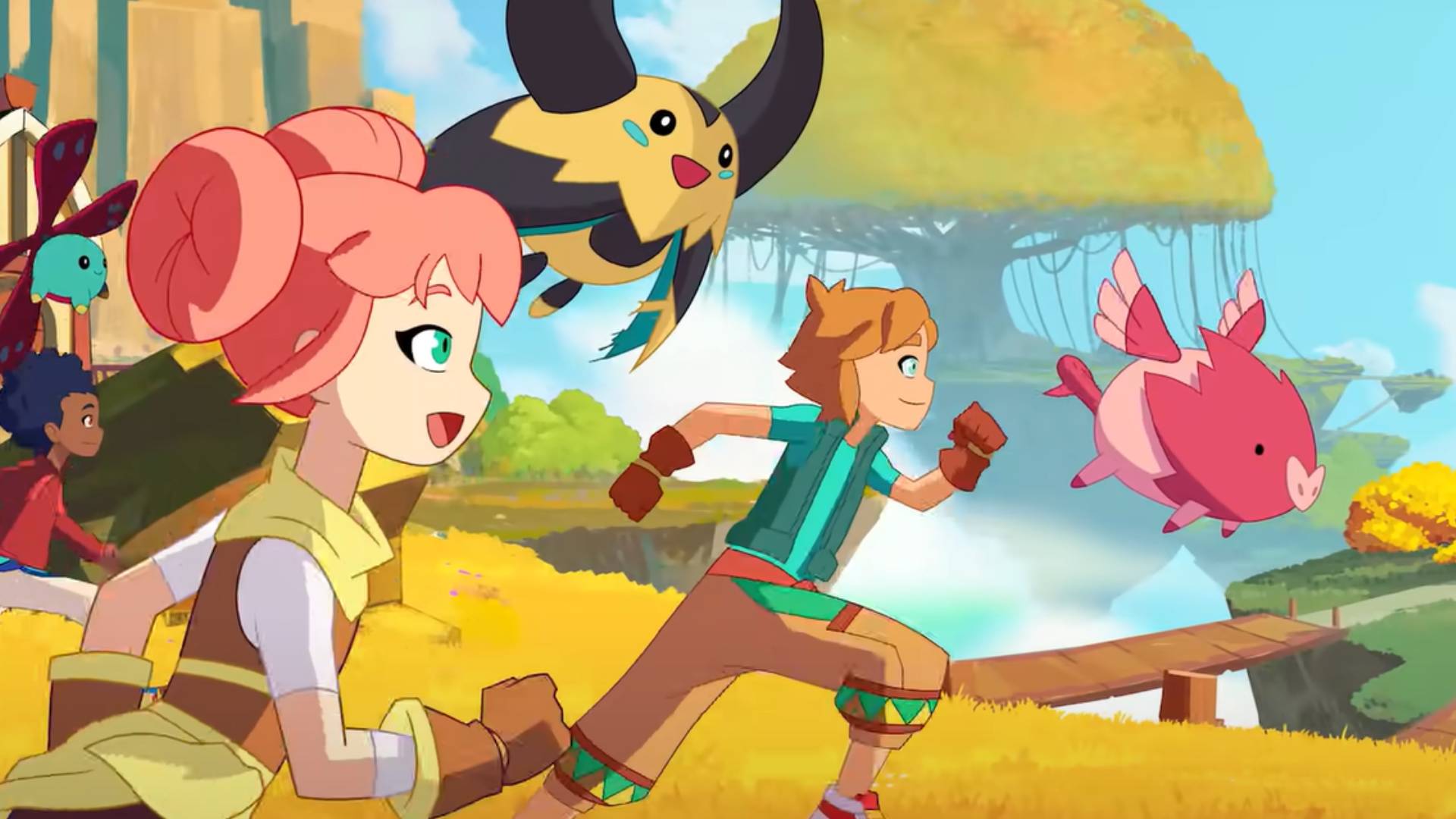
Temtem has been marketed as a realization of that ancient dream of Pokémon fans the world over: a monster battler MMO. Even if the team pulled that off alone, it would be a significant achievement worthy of attention.
But Temtem trades on so much more than nostalgia. Its greatest contribution is far more subtle and ingenious. In this most recent incarnation, the pocket monster combat formula trims almost everything that held it back and made it frustrating. Not unlike Subset Games’ stripped-back strategy game Into the Breach, Temtem proves that a lot of design is not the same thing as good design. By scaling down the complexity of the pocket monster Rube Goldberg machine, Temtem has set us free.
Technical mastery
There are almost no random numbers in Temtem’s combat, you know how effective your attack will be before you order it. Every attack has a fixed damage value visible in the menu. On top of that, techniques in Temtem never miss, reducing the extent of randomness in battle and the uncertainty that you have to contend with each turn. How often have you charged up for a Solar Beam or gone for a risky Hyper Beam in Pokémon only to have the tyrannical forces of probability snatch your attack away from you at the last moment? Temtem has liberated us from the yoke of chance.
With its combat system free from the shadows of uncertainty and randomness, Temtem’s battles blossom into a font of player agency. To solve the ‘hyperbeam problem’, the game uses a ‘Hold’ mechanic for its more powerful moves in combat. Some Techniques in Temtem require your critter to have been active in combat for a set number of turns before it can be used, however, in contrast to the various time-consuming beam-themed attacks of Pokémon, your Temtem don’t have to sacrifice turns to charge up these moves. Rather, ‘Hold’ builds passively while you’re carrying out other moves.
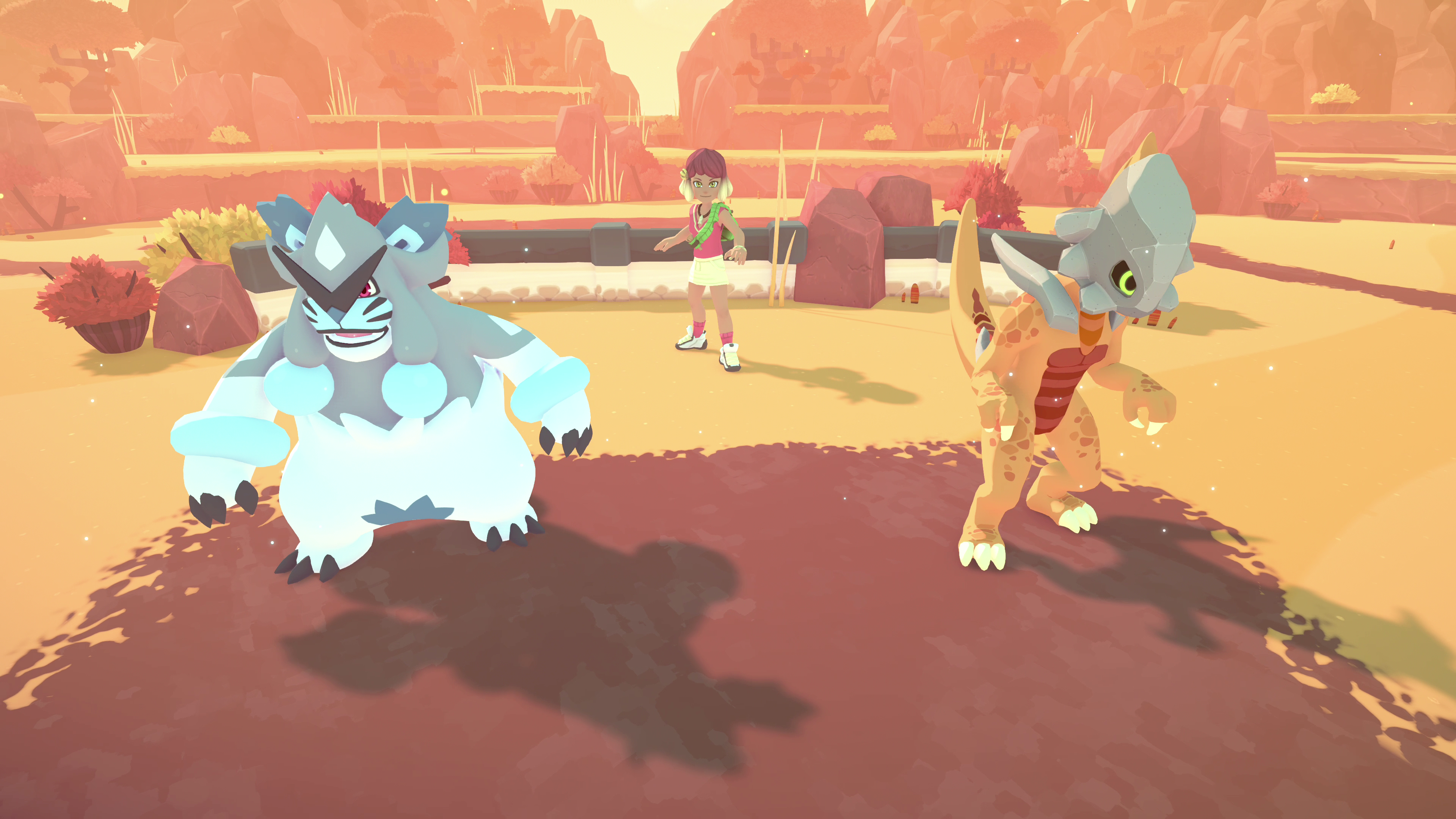
Play it right, and your glorified mustelid will become an engine of destruction
Hold can make even the blandest seeming Temtem a joy to use in battle. Take Skunch, Temtem’s equivalent of a Bidoof or a Zigzagoon from Pokémon. Usually, these early-game monsters are forgettable and cast aside in favor of more exotic late-game creatures. After all, who’d want a skunk on their team when you could have a dragon, right?* However, at level nine, Skunch learns a Technique called Held Anger, a high damage, high Hold attack. Play it right, and your glorified mustelid will become an engine of destruction. Though I expected to abandon Skunch early on, he became an invaluable part of my team; a terrifying dervish of pain and horror for any tamers who crossed our path.
What was once a decision about how much agency you might have in the future is now a decision about sequencing. Temtem proves that building up to a powerful attack is much more fun than debating shooting yourself in the foot to achieve damage in the short term.
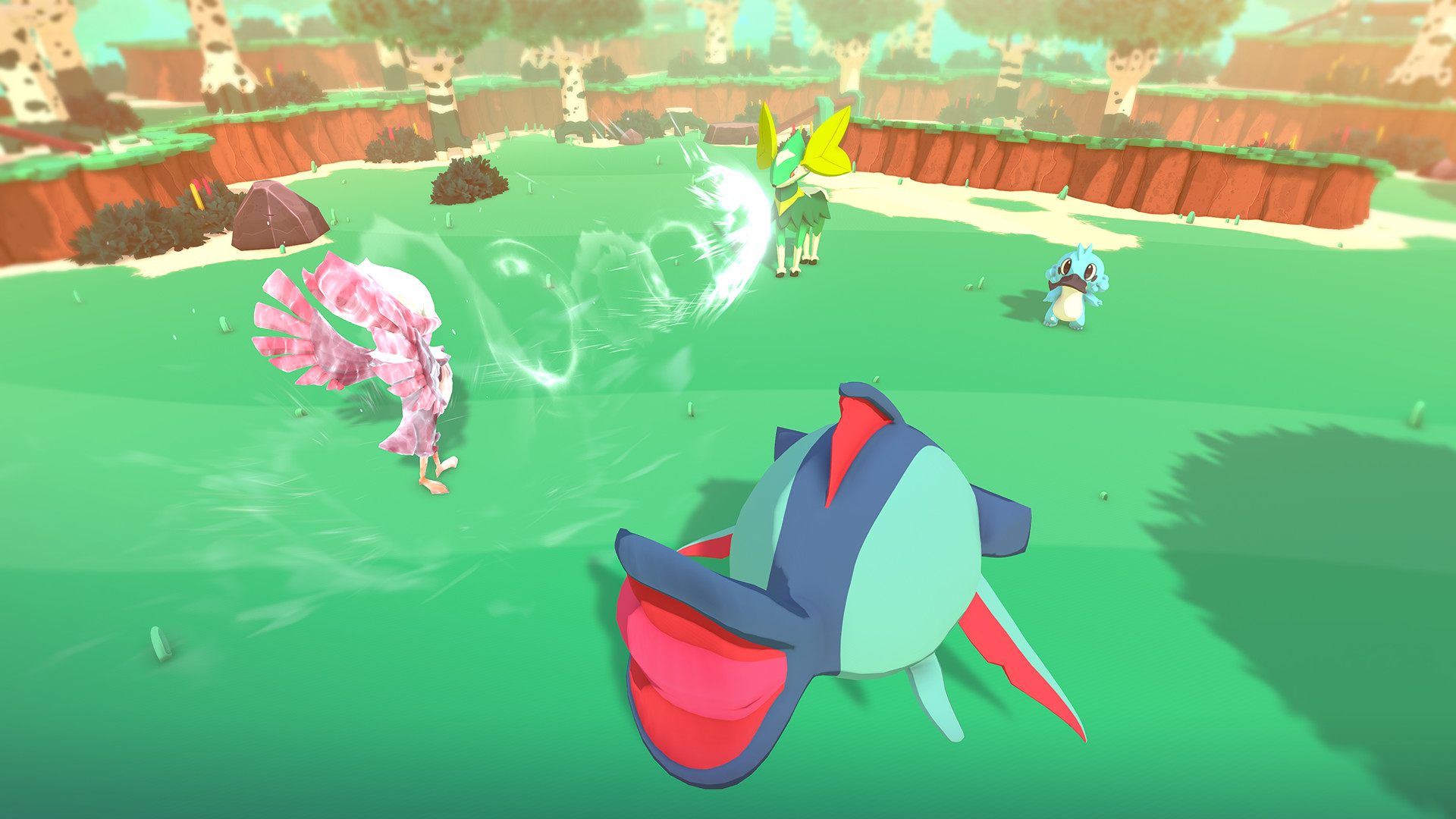
The burden of responsibility makes for gripping, granular decision-making
Damage in Temtem is calculated by a concrete formula, not chance or some system hidden behind a curtain. Your success in a Temtem battle is placed in your hands. This is precisely why Into the Breach was so successful. Subset Games’ innovation in that turn-based strategy game is that you were given total knowledge of the situation. You could see where your enemies planned to move and what attacks they would deliver, and you countered their upcoming actions accordingly. This certainty creates a weight behind your every decision – you can take complete ownership of the win, knowing know random dice rolls helped you, but you are also responsible for every mistake.
Get daily insight, inspiration and deals in your inbox
Sign up for breaking news, reviews, opinion, top tech deals, and more.
In this way, Temtem offers the exacting precision of Into the Breach. It holds nothing back from the player. In Temtem, there is little to no hidden information; every decision you make is done in the knowledge that there’s no random number generator to bail you out of a bad call. The burden of responsibility makes for gripping, granular decision-making.
Serious stamina
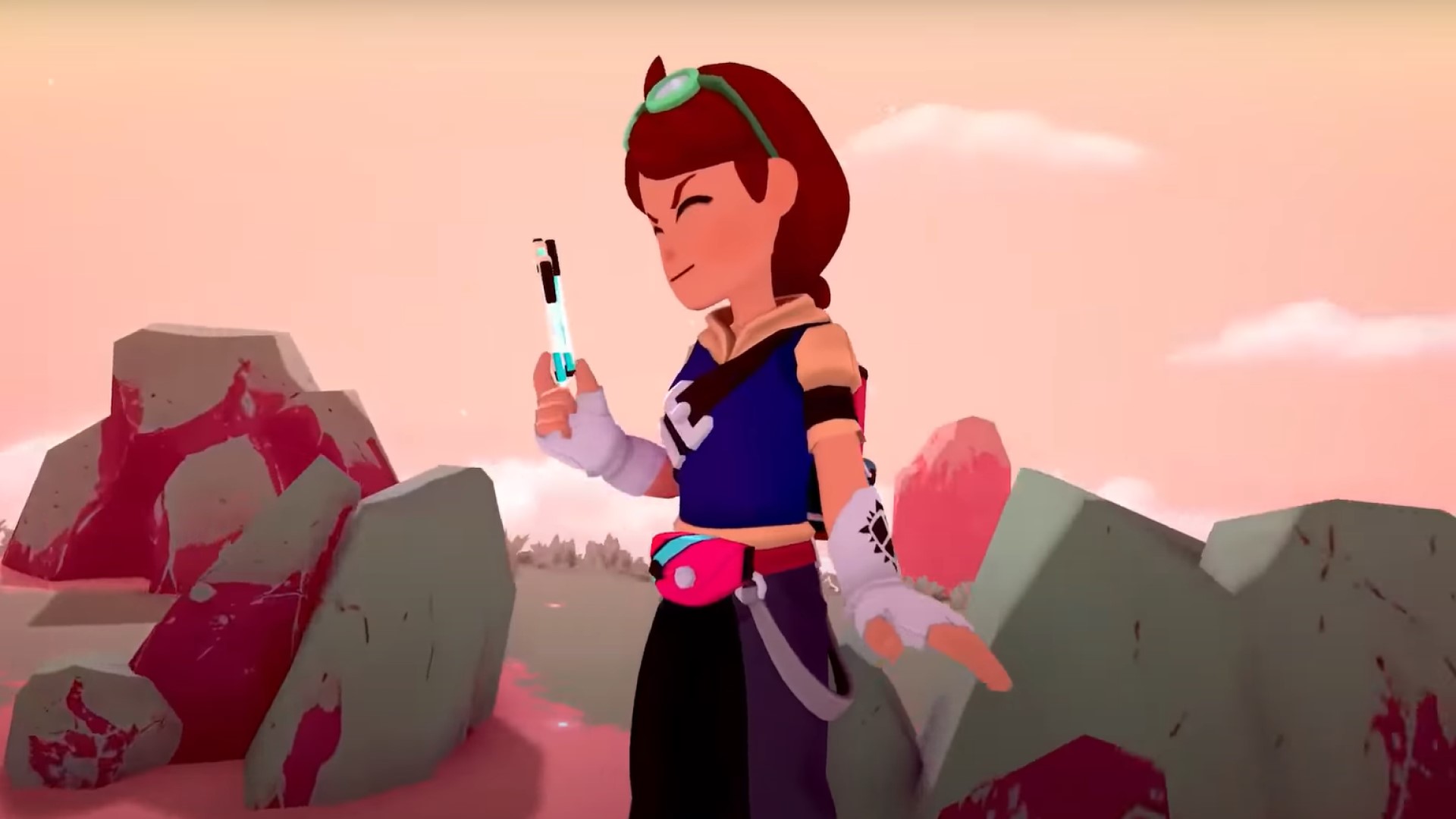
Remember that godawful number from Pokémon that arbitrarily limits the number of times you can use a given attack – Power Points (PP). Suffice it to say, this number has crushed many a child's dreams. Who could forget running out of PP during your final confrontation with Gary in the days of Pokémon Yellow? Pikachu could have fried that Garados with a well-placed Thunder if it weren’t for that nefarious mechanic. Fortunately, Temtem had dispensed with it. Instead, it asks us to consider what should have been an obvious question: “what if our pocket monsters just had a stamina bar?”
It’s an extremely refreshing and welcome departure from pocket monster orthodoxy
Attacks cost a set amount of Stamina. Run out of Stamina and you can overexert your Temtem, leaving them pooped as heck and unable to act on their next turn. They’ll also take some damage, too. What’s really neat, though, is how this takes the restrictive PP mechanic and turns it on its head, offering you more meaningful decision points during your Temtem battles. The compelling Into-the-Breachyness of Temtem rears its head once again.
Naturally, Temtem Stamina regenerates every turn, but you can also order your Temtem to rest to recharge it faster for a big attack. This adds a complex and delicious action economy around which you must plan your battles. It’s an extremely refreshing and welcome departure from pocket monster orthodoxy.
Sum of its parts
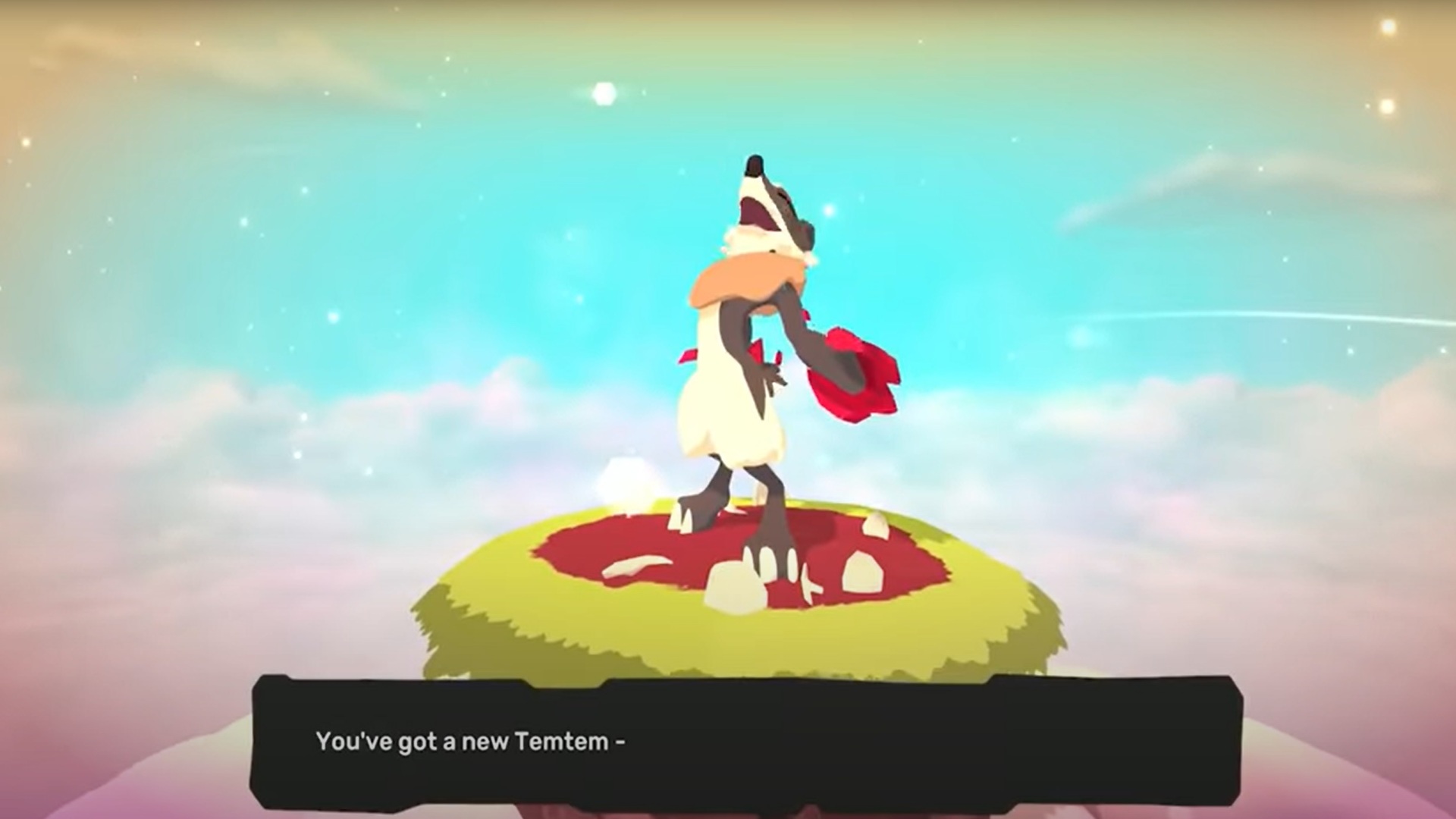
Temtem is brave. These changes to the traditional monster battler formula already make the prospect of battling hordes of NPC trainers far more entertaining. In addition, it also creates a far more robust and steady framework for competitive PvP. If you love Pokémon battles, but wish the gameplay wasn’t stuck in the literal, actual Twentieth Century, Temtem will give you what you need, and more besides.
*I have been informed by my editor that he profoundly disagrees with the skunk/dragon sentiment and wants to make it clear that it expresses my views and not the views of TRG. In the spirit of the skunk apologism for which our website is known: #SkunkLife.

An editor and freelance journalist, Cat Bussell has been writing about video games for more than four years and, frankly, she’s developed a taste for it. As seen on TechRadar, Technopedia, The Gamer, Wargamer, and SUPERJUMP, Cat’s reviews, features, and guides are lovingly curated for your reading pleasure.
A Cambridge graduate, recovering bartender, and Cloud Strife enjoyer, Cat’s foremost mission is to bring you the best coverage she can, whether that’s through helpful guides, even-handed reviews, or thought-provoking features. She’s interviewed indie darlings, triple-A greats, and legendary voice actors, all to help you get closer to the action. When she’s not writing, Cat can be found sticking her neck into a fresh RPG or running yet another Dungeons & Dragons game.